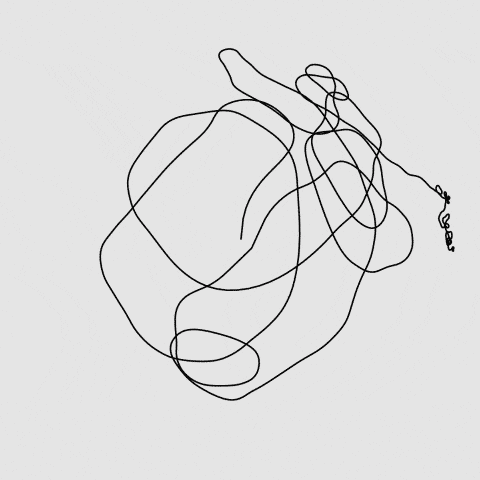Agenda
-
- Administrata: Office Hours poll
- Sharing of a few of your #PlotterTwitter findings
- Announcements about confirmed guests:
- Lenore Edman, September 15, 2pm
- Licia He, late September
- Iskra Velitchkova, late September
- Jessica In, October
- Sougwen Chung, November 3

- Others TBA.
- Browsing your Molnár Re-Codes
- Discussion of the Professor’s attempt (optional)
- Browsing your LineWalk offerings
- Discussion of a simple example, and another Professor’s attempt (optional)

- Break
Technical Lecture: Basics
Introducing Processing & p5.js
- The IDE (Java & JS); Editor; sketchbook; reference (Java, JS), and tutorials.
- Setup and draw.
- The coordinate system (origin, ppi)
- Graphics primitives I: Lines and Polylines.
- Graphics primitives II: Circles, rects, arcs, curves, quad, etc.
- Iteration.
Some Helpful Patterns
Introducing AxiDraw
Lines:
In Lines: a Brief History, Chapter 6, Tim Ingold writes:
“In his book The Nature and Art of Workmanship, theorist of design David Pye arrives at a […] distinction between what he calls the ‘workmanship of risk’ and the ‘workmanship of certainty’. In the workmanship of risk, the result is not pre-determined but ‘depends on the judgement, dexterity and care which the maker exercises as he works’ (Pye 1968: 4). Thus the quality of the outcome is never assured until the work is actually finished. In the workmanship of certainty, by contrast, the result is exactly pre-determined before the task is even begun. This determination is given in the settings and specifications of the apparatus of production, which in turn controls the movements of the working point. The workmanship of risk, Pye suggests, is exemplified by writing with a pen, and the workmanship of certainty by modern printing. In the workmanship of risk, however, practitioners are continually devising ways to limit risk through the use of jigs and templates, which introduce a degree of certainty into the proceedings. Thus ‘if you want to draw a straight line with your pen’, Pye advises, ‘you do not go at it freehand, but use a ruler, that is to say, a jig’.”
Lines of Risk: Drawings are Traces in Space
Here is the short documentary CURVES by Masahiko Sato. We will watch 0:15–6:45 and 13:20–19:20.
Sato says, “A line is a miracle that you draw when you throw it.”
American choreographer William Forsythe (born 1949) served as artistic director of the Frankfurt Ballet from 1984 until 2004. Recognized for the integration of ballet and visual arts, he brought about a “shift of paradigms in contemporary dance”, through a combination of abstraction and forceful theatricality. In 1999, Forsythe released “Improvisation Technologies“, a CD-ROM that detailed his vision of choreography as an organizational practice. The disc consists of short videos that explain fundamental primitives, as Forsythe sees them, of human movement and the language of dance. These are illustrated through (2D) white lines that have been hand-rotoscoped onto the video. Despite their formal and technical simplicity, the results are extremely compelling.
“Point Point Line” by William Forsythe

“Dropping Curves” by William Forsythe

Time Permitting
The Dot and the Line (1965, 10m)